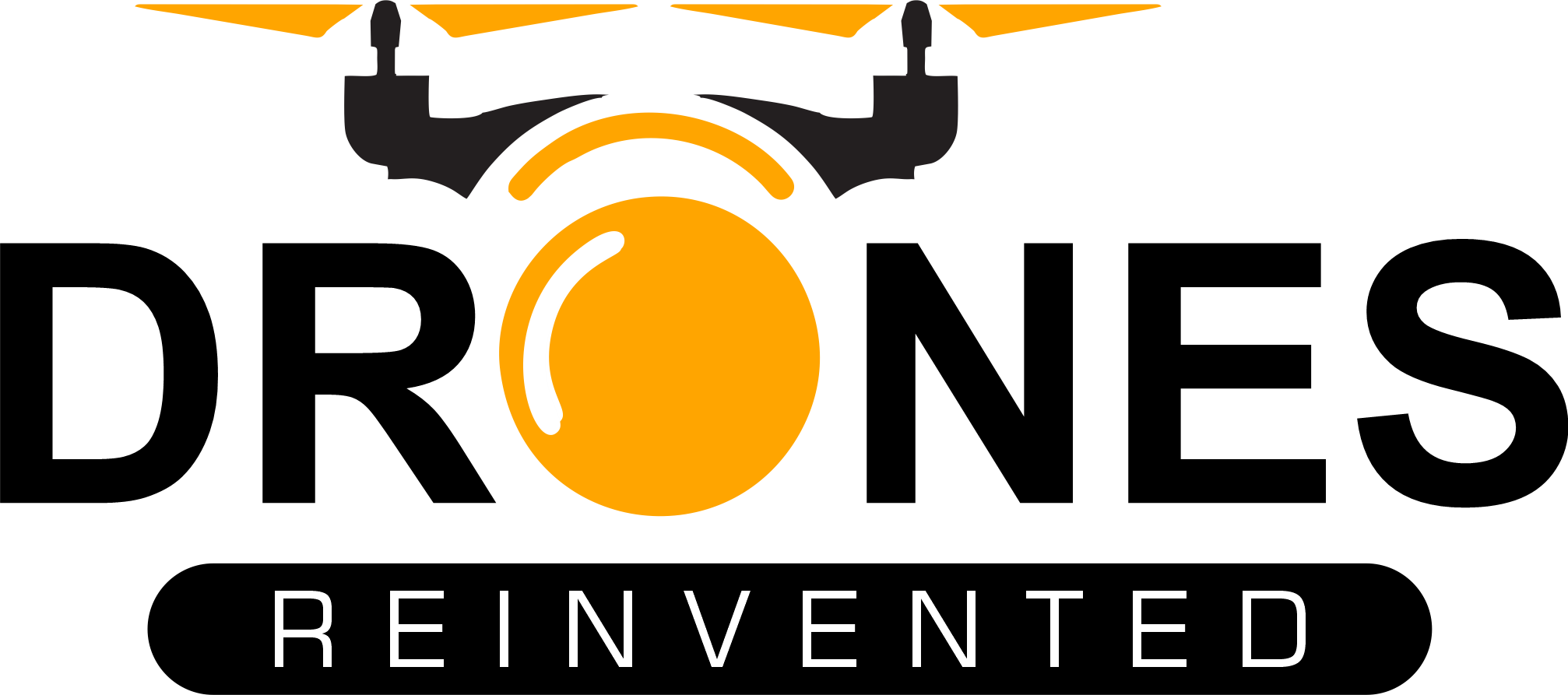How GEODNET is Transforming RTK Networking with Innovative Technologies and Strategic Partnership
by DRONELIFE Contributing Editor Paul Rossi
At AUVSI Xponential 2024, we sat down with Mike Horton of GEODNET to explore the latest advancements and strategies propelling their Real-Time Kinematic (RTK) network to the forefront of the geospatial technology market. GEODNET’s approach, as detailed on their official site, GEODNET.com, showcases a robust and expansive RTK network that is setting new industry standards. GEODNET is a decentralized physical infrastructure network (DePIN) of stations dedicated to monitoring space weather, specifically focusing on how solar winds impact GNSS signals. This real-time data is vital for ensuring accurate positioning and timing
Competitive Edge
GEODNET’s edge in the RTK market stems from its extensive network, which boasts the highest number of modernized RTK stations worldwide. Horton explains, “We’re proud to operate the largest network that is fully equipped with modern triple-band capabilities across all significant global constellations.” This setup ensures comprehensive coverage and exceptional service quality, accommodating a wide range of industries and applications.
Strategic Collaborations and Partnerships
The success of GEODNET is significantly driven by its strategic partnerships. “Our collaboration with companies like Rock Robotic and Moss Geospatial allows us to extend tailored RTK solutions across various sectors, enhancing precision in surveying and drone scanning,” Horton states. These partnerships, detailed on geodnet.com, illustrate GEODNET’s commitment to integrating local expertise and specialized services to meet diverse customer needs effectively.
Funding and Future Expansion
Following a recent infusion of $3.5 million in seed funding, GEODNET is aggressively expanding its network. “These funds are earmarked for scaling our station network to 20,000, focusing on enhancing the software tools that underpin our service reliability,” Horton shares. This expansion is critical for maintaining the high reliability and accuracy GEODNET’s customers depend on.
Innovative Technologies on the Horizon
GEODNET continually innovates to push the boundaries of RTK technology. “By increasing the density of our reference stations and integrating sophisticated monitoring technologies, we are setting new benchmarks in the accuracy and reliability of RTK networks,” Horton remarks. Innovations such as advanced coordinate frame transformations and virtual reference station software are part of GEODNET’s strategic enhancements, which are elaborated on their website.
Leveraging Customer Insights
Customer feedback is a cornerstone of GEODNET’s developmental strategy. “We’ve adapted our network to support triple-frequency data and standardized NGS-calibrated antennas based on user feedback, which has significantly enhanced our network’s compatibility and performance,” Horton notes. These changes are directly reflective of GEODNET’s customer-centric approach, which prioritizes user experience and satisfaction.
Geod Token: Enhancing Network Functionality
The GEOD utility token, as Horton explains, “serves multiple roles within our network, from incentivizing base station operators to facilitating essential network transactions and governance.” This multipurpose utility of the GEOD token is crucial for maintaining the operational efficiency and economic balance within the GEODNET ecosystem, as detailed on their site.
Mining Process and Environmental Consideration
GEODNET’s token mining process is uniquely designed to be environmentally friendly. “Our mining operations require minimal power and are designed to be low-impact, supporting our commitment to sustainability,” Horton points out. This approach ensures that GEODNET’s expansion does not come at an environmental cost.
Incentive Structures and Miner Benefits
The incentive model for GEODNET miners is designed to reward quality and performance. “By ensuring that our miners are compensated for their contribution to our network’s accuracy and stability, we foster a culture of excellence and reliability,” Horton explains. Additional incentive programs like Staking and SuperHexes are strategically designed to promote network expansion and enhance service coverage.
Ensuring Security and Integrity
GEODNET takes security seriously, utilizing the Polygon blockchain to ensure transaction integrity and protect against common vulnerabilities. “Our security protocols are robust, ensuring that every transaction and mining operation within our network is secure,” says Horton. Details on these security measures are available in the GEODNET whitepaper linked on their site.
Navigating Regulatory Challenges
While GEODNET faces minimal regulatory issues in most regions, Horton acknowledges the complexities in restrictive countries. “We are proactive in navigating the regulatory landscapes, ensuring compliance while expanding our network’s global footprint,” he adds. This cautious approach enables GEODNET to operate efficiently within international legal frameworks.
Vision for the Future
Looking ahead, GEODNET plans substantial growth and technological integration. “Our goal is not just expansion but also the integration of RTK technology into consumer products, enhancing everyday precision for various applications,” Horton concludes. With a strategic plan to scale up to 100,000 nodes, GEODNET is poised to revolutionize how RTK technology is perceived and utilized globally.
Through strategic expansion, innovative technology, and responsive customer engagement, GEODNET is leading the way in the RTK network market. As they continue to grow and innovate, the potential applications for their precise location services are limitless, promising a future where geospatial precision is a standard commodity.
Read more:
Paul Rossi is the Chief Operations Officer and Chief Pilot atNine Ten Drones, a N. C.-based drone services company, training center, and reseller. Rossi is also the Outreach Coordinator for the North Carolina Chapter of AUVSI. A graduate of Embry Riddle Aeronautical University and the U.S. Army Aviation Logistics School, Rossi is passionate about the aviation industry. He holds both a private pilot’s license for manned aircraft and a Part 107 Remote Pilot’s Certificate. You can see more videos and product information on the Nine Ten Drones YouTube channel.
Miriam McNabb is the Editor-in-Chief of DRONELIFE and CEO of JobForDrones, a professional drone services marketplace, and a fascinated observer of the emerging drone industry and the regulatory environment for drones. Miriam has penned over 3,000 articles focused on the commercial drone space and is an international speaker and recognized figure in the industry. Miriam has a degree from the University of Chicago and over 20 years of experience in high tech sales and marketing for new technologies.For drone industry consulting or writing, Email Miriam.
TWITTER:@spaldingbarker
Subscribe to DroneLife here.

0 Comments